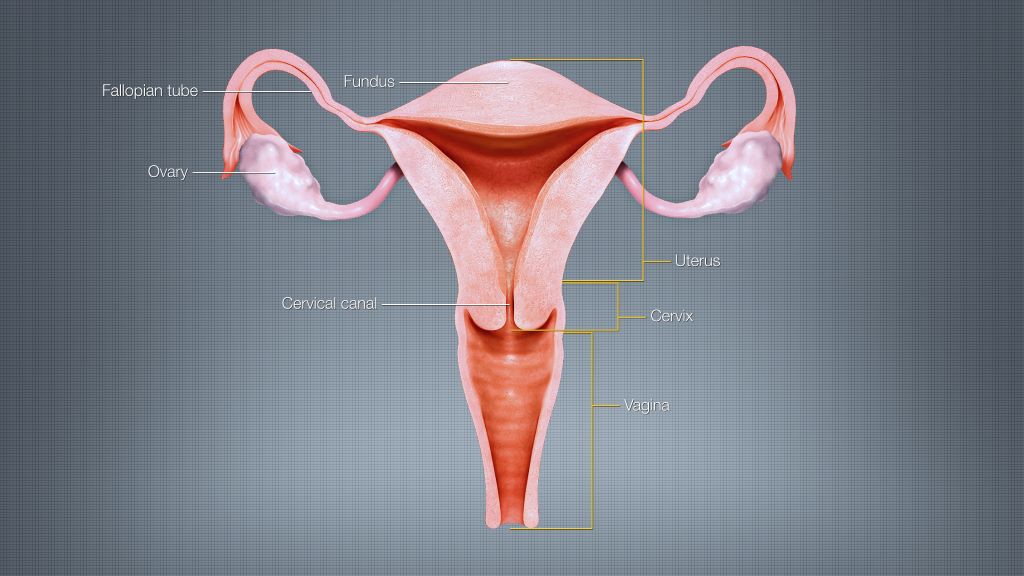
Researchers have developed a simpler and more effective screening method for cervical cancer than the method used today. A comprehensive study published in Nature Medicine shows that the test detects significantly more cancers and precancerous stages.
Most countries have a very extensive cervical cancer screening program that starts with testing for different variants of the human papillomavirus (HPV) that causes cervical cancer. In the case of an HPV-positive test, this is followed by cytological analysis, the examination of gynaecological cell samples by microscopy, which is dependent on human interpretation.
The new molecular test WID-qCIN, which could replace the cytological analysis, can automatically analyse epigenetic changes in cells. These changes, where genes are switched on or off, are influenced by factors such as environment, lifestyle, and aging, and can increase the risk of cancer and other diseases.
Fewer invasive procedures
The current study by researchers at Karolinska Institutet and the University of Innsbruck included more than 28 000 women over the age of 30 who underwent screening in Stockholm between January and March 2017. The researchers analysed a total of 2377 HPV-positive samples with the WID-qCIN test combined with a test for two high-risk HPV types (HPV 16 and 18). In this way, they were able to detect 100% of all invasive cervical cancer and 93% of all serious precancerous lesions that occurred within a year of sampling.
In addition, the new test, in combination with the HPV 16/18 test, was able to predict 69% of all cancers and precancerous lesions up to six years after the sample was taken. This can be compared with only 18% with today’s screening method.
“By integrating the WID-qCIN test into our screening programs, we would be able to identify more cancer cases while reducing the need for invasive procedures,” says Joakim Dillner, Professor of Infectious Disease Epidemiology at Karolinska Institutet and co-author of the study.
A significant improvement
When cell changes are detected in today’s screening program, the woman undergoes a vaginal examination, a so-called colposcopy, where the gynaecologist looks at the cervix with the help of a microscope and, if necessary, takes a biopsy. The biopsy involves a surgical procedure that, among other things, can lead to negative pregnancy outcomes like premature delivery. The results of the current study suggest that implementation of the WID-qCIN test could reduce the number of colposcopy examinations by 40%.
“This would mean a significant improvement compared to today’s screening methods, which were introduced in the 1960s,” says the study’s last author Martin Widschwendter, Professor at the University of Innsbruck (Austria) and visiting Professor at Karolinska Institutet. “With its simplicity and objective assessment, the WID-qCIN test can improve the effectiveness of these programs and support the global strategy to eliminate cervical cancer.”
Source: Karolinska Institutet

